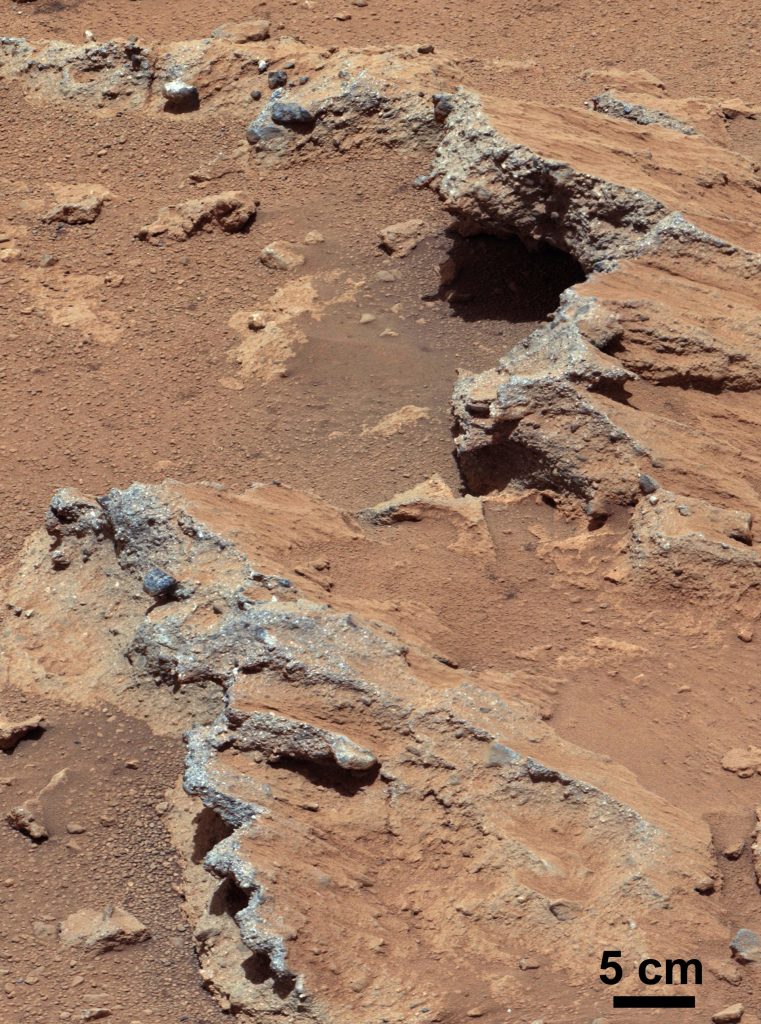
NASA’s Curiosity rover found evidence for an ancient, flowing stream on Mars at a few sites, including the rock outcrop pictured here, which the science team has named “Hottah” after Hottah Lake in Canada’s Northwest Territories. It may look like a broken sidewalk, but this geological feature on Mars is actually exposed bedrock made up of smaller fragments cemented together, or what geologists call a sedimentary conglomerate. Scientists theorize that the bedrock was disrupted in the past, giving it the titled angle, most likely via impacts from meteorites. Credit: NASA/JPL-Caltech/MSSS
Further analysis of Curiosity data has led researchers to believe that an ancient, flowing stream once existed on Mars.
Pasadena, California – Detailed analysis and review have borne out researchers’ initial interpretation of pebble-containing slabs that NASA’s Mars rover Curiosity investigated last year: They are part of an ancient streambed.
The rocks are the first ever found on Mars that contain streambed gravels. The sizes and shapes of the gravels embedded in these conglomerate rocks — from the size of sand particles to the size of golf balls — enabled researchers to calculate the depth and speed of the water that once flowed at this location.
“We completed more rigorous quantification of the outcrops to characterize the size distribution and roundness of the pebbles and sand that make up these conglomerates,” said Rebecca Williams of the Planetary Science Institute, Tucson, Arizona, lead author of a report about them in the journal Science this week. “We ended up with a calculation in the same range as our initial estimate last fall. At a minimum, the stream was flowing at a speed equivalent to a walking pace — a meter, or three feet, per second — and it was ankle-deep to hip-deep.”
Three pavement-like rocks examined with the telephoto capability of Curiosity’s Mast Camera (Mastcam) during the rover’s first 40 days on Mars are the basis for the new report. One, “Goulburn,” is immediately adjacent to the rover’s “Bradbury Landing” touchdown site. The other two, “Link” and “Hottah,” are about 165 and 330 feet (50 and 100 meters) to the southeast. Researchers also used the rover’s laser-shooting Chemistry and Camera (ChemCam) instrument to investigate the Link rock.
“These conglomerates look amazingly like streambed deposits on Earth,” Williams said. “Most people are familiar with rounded river pebbles. Maybe you’ve picked up a smoothed, round rock to skip across the water. Seeing something so familiar on another world is exciting and also gratifying.”
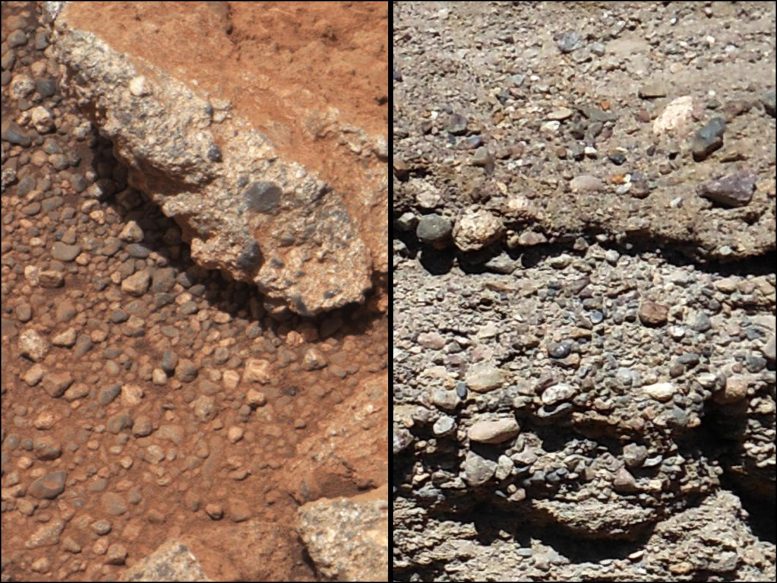
This set of images compares the Link outcrop of rocks on Mars (left) with similar rocks seen on Earth (right). Credit: NASA/JPL-Caltech/MSSS and PSI
The larger pebbles are not distributed evenly in the conglomerate rocks. In Hottah, researchers detected alternating pebble-rich layers and sand layers. This is common in streambed deposits on Earth and provides additional evidence for stream flow on Mars. In addition, many of the pebbles are touching each other, a sign that they rolled along the bed of a stream.
“Our analysis of the amount of rounding of the pebbles provided further information,” said Sanjeev Gupta of Imperial College, London, a co-author of the new report. “The rounding indicates sustained flow. It occurs as pebbles hit each other multiple times. This wasn’t a one-off flow. It was sustained, certainly more than weeks or months, though we can’t say exactly how long.”
The stream carried the gravels at least a few miles, or kilometers, the researchers estimated.
The atmosphere of modern Mars is too thin to make a sustained stream flow of water possible, though the planet holds large quantities of water ice. Several types of evidence have indicated that ancient Mars had diverse environments with liquid water. However, none but these rocks found by Curiosity could provide the type of stream flow information published this week. Curiosity’s images of conglomerate rocks indicate that atmospheric conditions at Gale Crater once enabled the flow of liquid water on the Martian surface.
During a two-year prime mission, researchers are using Curiosity’s 10 science instruments to assess the environmental history in Gale Crater on Mars, where the rover has found evidence of ancient environmental conditions favorable for microbial life.
Reference: “Martian Fluvial Conglomerates at Gale Crater” by R. M. E. Williams , J. P. Grotzinger, W. E. Dietrich, S. Gupta, D. Y. Sumner, R. C. Wiens, N. Mangold, M. C. Malin, K. S. Edgett, S. Maurice, O. Forni, O. Gasnault, A. Ollila, H. E. Newsom, G. Dromart, M. C. Palucis, R. A. Yingst, R. B. Anderson, K. E. Herkenhoff, S. Le Mouélic, W. Goetz, M. B. Madsen, A. Koefoed, J. K. Jensen, J. C. Bridges, S. P. Schwenzer, K. W. Lewis, K. M. Stack, D. Rubin, L. C. Kah, J. F. Bell, III, J. D. Farmer, R. Sullivan, T. Van Beek, D. L. Blaney, O. Pariser, R. G. Deen, MSL Science Team, Osku Kemppinen, Nathan Bridges, Jeffrey R. Johnson, Michelle Minitti, David Cremers, Lauren Edgar, Austin Godber, Meenakshi Wadhwa, Danika Wellington, Ian McEwan, Claire Newman, Mark Richardson, Antoine Charpentier, Laurent Peret, Penelope King, Jennifer Blank, Gerald Weigle, Mariek Schmidt, Shuai Li, Ralph Milliken, Kevin Robertson, Vivian Sun, Michael Baker, Christopher Edwards, Bethany Ehlmann, Kenneth Farley, Jennifer Griffes, Hayden Miller, Megan Newcombe, Cedric Pilorget, Melissa Rice, Kirsten Siebach, Edward Stolper, Claude Brunet, Victoria Hipkin, Richard Léveillé, Geneviève Marchand, Pablo Sobrón Sánchez, Laurent Favot, George Cody, Andrew Steele, Lorenzo Flückiger, David Lees, Ara Nefian, Mildred Martin, Marc Gailhanou, Frances Westall, Guy Israël, Christophe Agard, Julien Baroukh, Christophe Donny, Alain Gaboriaud, Philippe Guillemot, Vivian Lafaille, Eric Lorigny, Alexis Paillet, René Pérez, Muriel Saccoccio, Charles Yana, Carlos Armiens Aparicio, Javier Caride Rodríguez, Isaías Carrasco Blázquez, Felipe Gómez Gómez, Javier Gómez Elvira, Sebastian Hettrich, Alain Lepinette Malvitte, Mercedes Marín Jiménez, Jesús Martínez Frías, Javier Martín Soler, F. Javier Martín Torres, Antonio Molina Jurado, Luis Mora Sotomayor, Guillermo Muñoz Caro, Sara Navarro López, Verónica Peinado González, Jorge Pla García, José Antonio Rodriguez Manfredi, Julio José Romeral Planelló, Sara Alejandra Sans Fuentes, Eduardo Sebastian Martinez, Josefina Torres Redondo, Roser Urqui O’Callaghan, María-Paz Zorzano Mier, Steve Chipera, Jean-Luc Lacour, Patrick Mauchien, Jean-Baptiste Sirven, Heidi Manning, Alberto Fairén, Alexander Hayes, Jonathan Joseph, Steven Squyres, Peter Thomas, Audrey Dupont, Angela Lundberg, Noureddine Melikechi, Alissa Mezzacappa, Julia DeMarines, David Grinspoon, Günther Reitz, Benito Prats, Evgeny Atlaskin, Maria Genzer, Ari-Matti Harri, Harri Haukka, Henrik Kahanpää, Janne Kauhanen, Mark Paton, Jouni Polkko, Walter Schmidt, Tero Siili, Cécile Fabre, James Wray, Mary Beth Wilhelm, Franck Poitrasson, Kiran Patel, Stephen Gorevan, Stephen Indyk, Gale Paulsen, David Bish, Juergen Schieber, Brigitte Gondet, Yves Langevin, Claude Geffroy, David Baratoux, Gilles Berger, Alain Cros, Claude d Uston, Jérémie Lasue, Qiu-Mei Lee, Pierre-Yves Meslin, Etienne Pallier, Yann Parot, Patrick Pinet, Susanne Schröder, Mike Toplis, Éric Lewin, Will Brunner, Ezat Heydari, Cherie Achilles, Dorothy Oehler, Brad Sutter, Michel Cabane, David Coscia, Cyril Szopa, François Robert, Violaine Sautter, Marion Nachon, Arnaud Buch, Fabien Stalport, Patrice Coll, Pascaline François, François Raulin, Samuel Teinturier, James Cameron, Sam Clegg, Agnès Cousin, Dorothea DeLapp, Robert Dingler, Ryan Steele Jackson, Stephen Johnstone, Nina Lanza, Cynthia Little, Tony Nelson, Richard B. Williams, Andrea Jones, Laurel Kirkland, Allan Treiman, Burt Baker, Bruce Cantor, Michael Caplinger, Scott Davis, Brian Duston, Donald Fay, Craig Hardgrove, David Harker, Paul Herrera, Elsa Jensen, Megan R. Kennedy, Gillian Krezoski, Daniel Krysak, Leslie Lipkaman, Elaina McCartney, Sean McNair, Brian Nixon, Liliya Posiolova, Michael Ravine, Andrew Salamon, Lee Saper, Kevin Stoiber, Kimberley Supulver, Jason Van Beek, Robert Zimdar, Katherine Louise French, Karl Iagnemma, Kristen Miller, Roger Summons, Fred Goesmann, Stubbe Hviid, Micah Johnson, Matthew Lefavor, Eric Lyness, Elly Breves, M. Darby Dyar, Caleb Fassett, David F. Blake, Thomas Bristow, David DesMarais, Laurence Edwards, Robert Haberle, Tori Hoehler, Jeff Hollingsworth, Melinda Kahre, Leslie Keely, Christopher McKay, Lora Bleacher, William Brinckerhoff, David Choi, Pamela Conrad, Jason P. Dworkin, Jennifer Eigenbrode, Melissa Floyd, Caroline Freissinet, James Garvin, … Raymond Arvidson, Abigail Fraeman, Daniel Scholes, Susan Slavney, Thomas Stein, Jennifer Ward, Jeffrey Berger. and John E. Moores, 21 May 2013, Science.
DOI: 10.1126/science.1237317

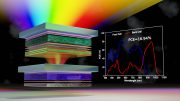

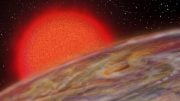
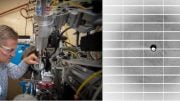
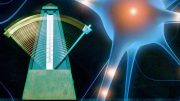

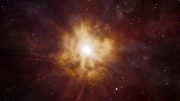
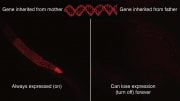
The streambeds of Mars are well preserved to tell the story with pebbles. Water is universal for all planets, including Moon and it has extra planetary origin in cosmos from the enveloping gases irradiated. Comets are a proof for that since they are mountains of ice and rocks. Thank You.
Hi, Madaganopal.V.C!I hope you don’t mind me suggesting it but your statement appears to me to be somewhat erroneous! Although ‘Water’ may be ‘Universal’ I think you would have a hard time finding ‘Water’ anywhere on, Venus or Mercury, or in fact any other such planets too close to their, Sun! As for Comets, they could have been created in a number of ways I.E. Exploding planets, left overs from the, ‘Bang’, etc..
As a further issue, I think that what those involved in providing this kind of information are trying to do is, convince us that there may be ‘Life’ on, Mars. The latter predisposition based on the concept ‘Water = Life’… Take it from, Me; It doesn’t… One could have an entire planet or Moon covered in water and it could still be completely devoid of, ‘Life’.
Life was created on Earth due to a number of very specific circumstances. I know because I studied the subjects involved very comprehensively indeed and you can take it from me that, ‘Curiosity Rover’ will NEVER discover, any kind of life-form on Mars, no matter where it looks.